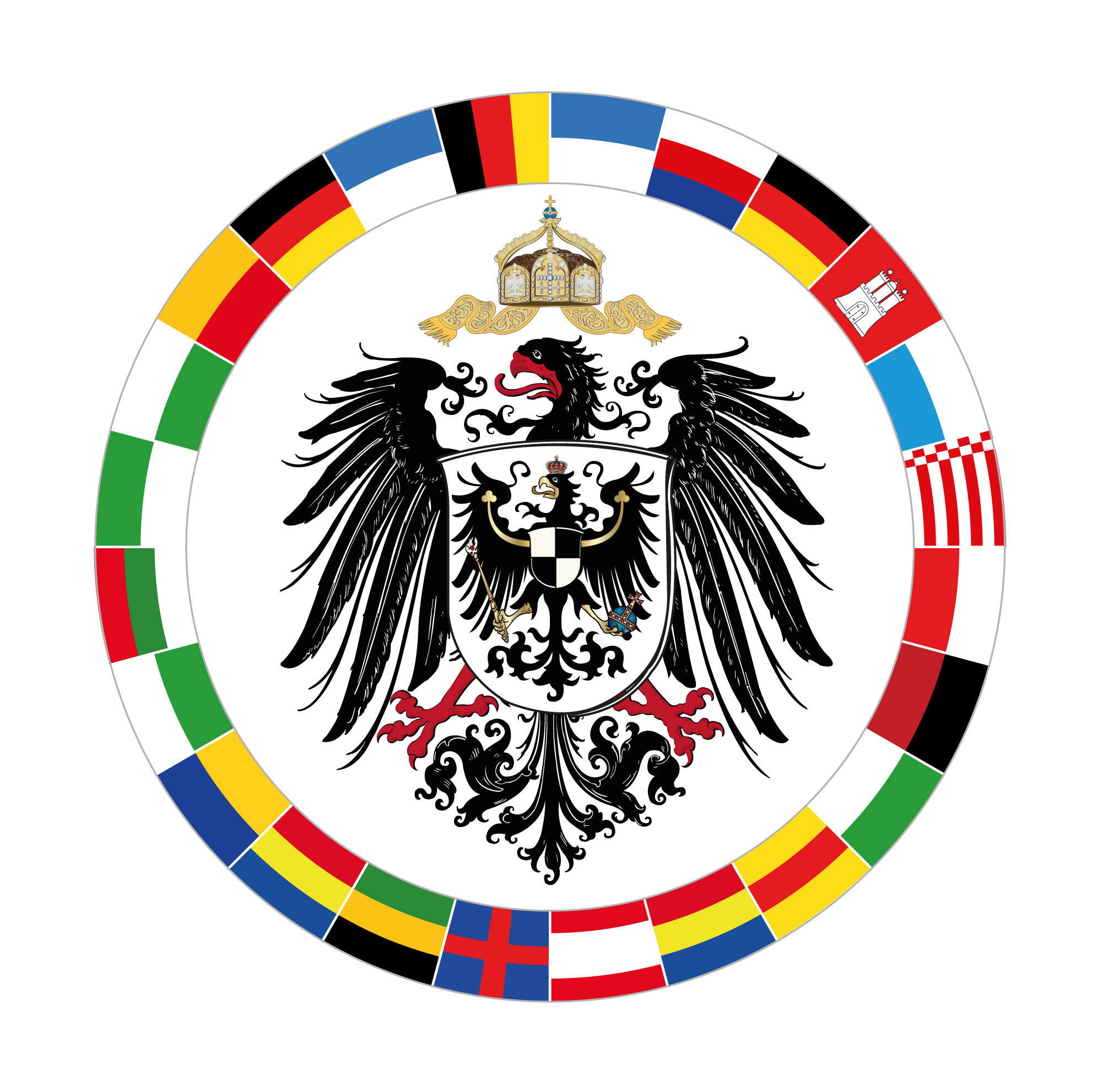— 100 —
Betrag
— . ür
5 Einnahmee. u
5 1880|81
Mark
verwaltung der Lisenbahnangelegenheiten.
Staatseisenbahnen.
10. Bezirk der Eisenbahndirektion zu Berlin.
1. Aus dem Personen-- und Gepäckverkehr .. . ...... . .. . 8375 000
2. Aus dem Güterverkber . .. 27266 235
3.Vergütung für Ueberlassung von Bahnanlagen und für
Leistungen zu Gunsten Dritter . . . .. 1 198 472
4. Vergütung für Ueberlassung von Betriebsmitteln 970 000
5. Erträge aus Veräußerunnn 408 740
6. Verschiedene sonstige Einnahmzmen . .. 366 553
Summe Kapitel 10 38 585 000
11. Bezirkder Eisenbahndirektion zu Bromberg.
1. Aus dem Personen= und Gepäckverkehr 13 580 000
2. Aus dem Güterverkbenn. 25 080 000
3.Vergütung für Ueberlassung von Bahnanlagen und für
Leistungen zu Gunsten Dritter .. . 236 750
4. Vergütung für Ueberlassung von Betriebsmitteln. 1 318 000
5.Erträge aus Veräußerungen . . . 524 602
6. Verschiedene sonstige Ennahzen 673 048
Summe Kapitel 11 . 41 412 400
12. Bezirk der Eisen bahndirektion zu Hannover.
1. Aus dem Personen- und Gepäckverkkbe 11 113 900
2. Aus dem Güterverkbern 30 499 100
3. Vergütung für Ueberlassung von Bahnanlagen und für
Leistungen zu Gunsten Dritter . 943 875
4. Vergütung für Ueberlassung von Betriebsmittell. 1 425 000
5. Erträge aus Veräußerunen 781 700
6. Verschiedene sonstige Einnahzeen 499 840
Summe Kapitel 12 45 263 415
13. Bezirk der Eisenbahndirektion zu Frank-
furt a. M.
1. Aus dem Personen= und Gepäckverkbbe 10 969 400
2. Aus dem Güterverkbrerernen. 24 853 600
zu übertragen . . 35 823 000




